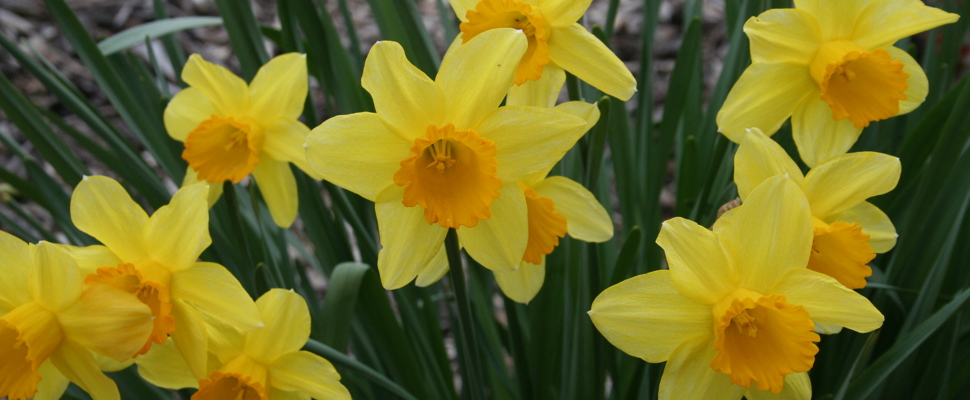
Dividing plants guide - for different plant types
Bulbous plants have storage organs at or below the soil surface. These features have evolved over millions of years to allow the plants to survive extended periods of environmental stress such as cold, heat or drought. Carbohydrate and nutrient reserves are stored in these organs to support re-growth of shoots, roots and flowers.
What we know as 'bulbs' may be true bulbs, corms, tubers, tuberous roots, rhizomes, stolons or pseudobulbs: